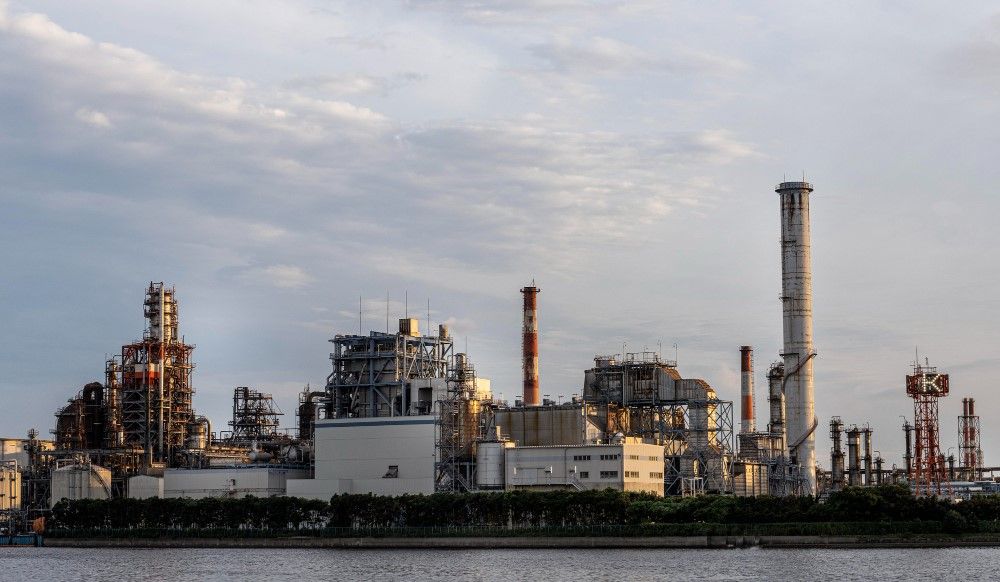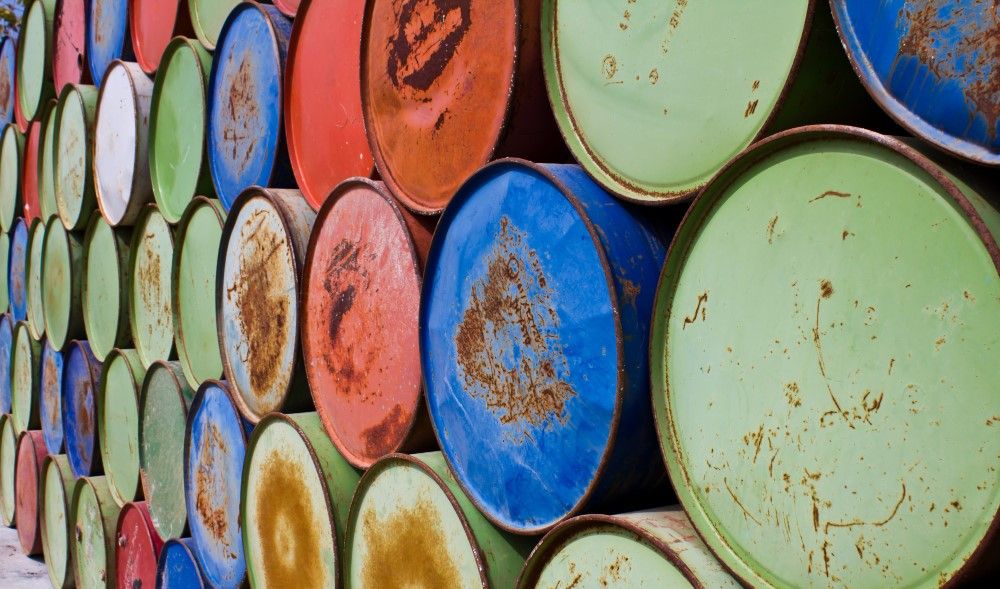At first glance, reducing chemical industry waste and reducing carbon emissions may seem like a simple case of switching from non-renewable to renewable raw materials.
Plastic bags, for example, are made from oil and are notorious for polluting waterways or filling landfill with waste that takes centuries to decompose. Replacing the fossil fuel feedstock with paper sourced from sustainable forests could make all the difference. However, paper bags are much heavier than plastic ones, so their transportation uses more fuel and can therefore increase the total carbon emissions produced for having a bag. Cotton bags last a lifetime, but cotton is a thirsty plant typically grown far from where the bag is used (India, China, the USA, Brazil, and Pakistan are the largest exporters) all of which consumes natural resources making for a less eco-friendly product.

Clearly it is the supply chain, not just the raw material, which confirms a product’s sustainability or not.
One example of how a seemingly green solution may actually prove to be more harmful to the environment was noted in the supply of light stabilisers (HALS).
Designed as a chemical feedstock for coatings used as a protection for polymers against the degrading effects of sunlight’s UV rays, HALS can be highly beneficial to the environment in creating a more durable product. Even more so if the raw material to manufacture them is made locally. Yet to achieve a more sustainable product a holistic approach is required.
As a recent report in the UK’s Chemical Industry Journal notes, “We may be able to locally source an alternative HALS coating that produces much lower transport emissions. However, if that HALS coating offers substandard performance and degrades rapidly, it may need to be re-applied and could mean the polymer component it is applied to needs to be replaced. In the long term, this results in more waste and a greater environmental impact.”

A sustainable chemical industry hinges on the implementation of a holistic supply chain that integrates economic, social, and environmental considerations. This comprehensive approach is essential for addressing the intricate challenges faced by the industry, such as regulatory compliance, safety, environmental stewardship, and cost optimization.
Key Aspects of a Holistic Supply Chain
· Integrated Planning and Forecasting: Accurate demand forecasting and integrated planning enable alignment of production, inventory, and logistics, helping companies respond effectively to market fluctuations.
· Supplier Relationship Management: Strong relationships with reliable suppliers ensure the consistent availability of raw materials and intermediates, enhancing supply chain resilience and sustainability.
· Inventory Optimization: Advanced inventory management techniques like just-in-time (JIT) production and vendor-managed inventory (VMI) help balance supply and demand while minimizing waste.
· Transportation and Logistics: Efficient logistics management, including optimized routes and advanced tracking, ensures the timely and safe delivery of chemicals, which is crucial for maintaining product quality and safety.
· Sustainability Initiatives: Integrating sustainable practices, such as reducing carbon emissions and embracing circular economy principles, significantly lowers the environmental footprint of chemical operations.

By adopting a holistic, technology-driven supply chain management strategy, chemical companies can not only meet regulatory requirements but also foster innovation, enhance customer satisfaction, and achieve long-term sustainability goals. This comprehensive approach ultimately leads to operational excellence and a competitive edge in the dynamic global market.
With 95% of all manufactured goods dependent on a chemical process, the role that a holistic supply chain can play in making for a more sustainable global economy is clear. Meaning that it is impossible to create a circular economy without considering sustainable chemical raw materials supported by am environmentally considerate supply chain and eco-friendly waste streams.
Photo credit: Freepik, Freepik, Freepik, & Jannoon028